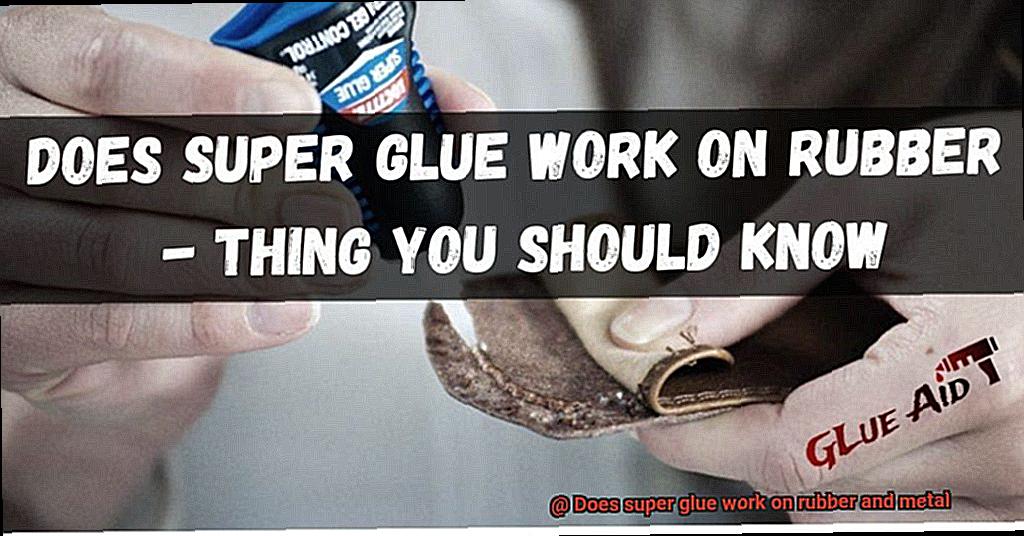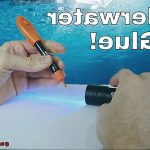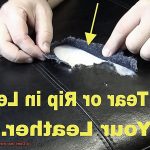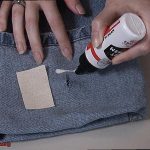Looking for the ultimate fix to mend your rubber and metal mishaps?
Today, we’re delving into the super glue universe to uncover its magic on rubber and metal surfaces.
Super glue, renowned for its Herculean bonding powers, has become a staple for DIY enthusiasts and pros alike. But does it truly conquer the challenges of rubber and metal?
Join us as we unravel the scientific secrets behind super glue’s adhesive prowess and determine if it can triumphantly unite rubber and metal materials. If you’ve ever questioned whether super glue is up to the task, this blog post is your ultimate guide.
Brace yourself for a mind-blowing journey through the realm of this mighty adhesive, where we’ll finally find that permanent solution to rescue your rubber-soled shoes and broken metal tools from despair.
What is Super Glue?
Contents
- 1 What is Super Glue?
- 2 Does Super Glue Work on Rubber?
- 3 What Types of Rubber Can be Bonded with Super Glue?
- 4 Preparing the Rubber Surface for Super Glue Application
- 4.1 Step 1: Thoroughly Clean the Rubber Surface
- 4.2 Step 2: Roughen the Rubber Surface
- 4.3 Step 3: Remove Loose Particles
- 4.4 Step 4: Consider Using a Primer
- 4.5 Step 5: Apply an Appropriate Amount of Super Glue
- 4.6 Step 6: Press Surfaces Together and Apply Continuous Pressure
- 4.7 Step 7: Allow Sufficient Curing Time
- 5 Does Super Glue Work on Metal?
- 6 What Types of Metals Can be Bonded with Super Glue?
- 7 Preparing the Metal Surface for Super Glue Application
- 8 Specialized Formulations of Super Glue
- 9 Conclusion
When it comes to fixing broken objects or taking on creative crafting projects, having an adhesive that you can rely on is crucial. Enter Super Glue, also known as cyanoacrylate adhesive. This remarkable adhesive has gained widespread popularity due to its unparalleled bonding properties. In this article, we’ll delve into the world of Super Glue, exploring how it can be used to bond rubber and metal surfaces. Get ready to unlock the full potential of this mighty adhesive.
The Magic Behind Super Glue:
Super Glue owes its effectiveness to its star ingredient, cyanoacrylate. This acrylic resin undergoes rapid polymerization upon contact with moisture in the air, creating an incredibly strong bond between surfaces. Its lightning-fast action and ability to bond different materials together make it a versatile tool for various applications.
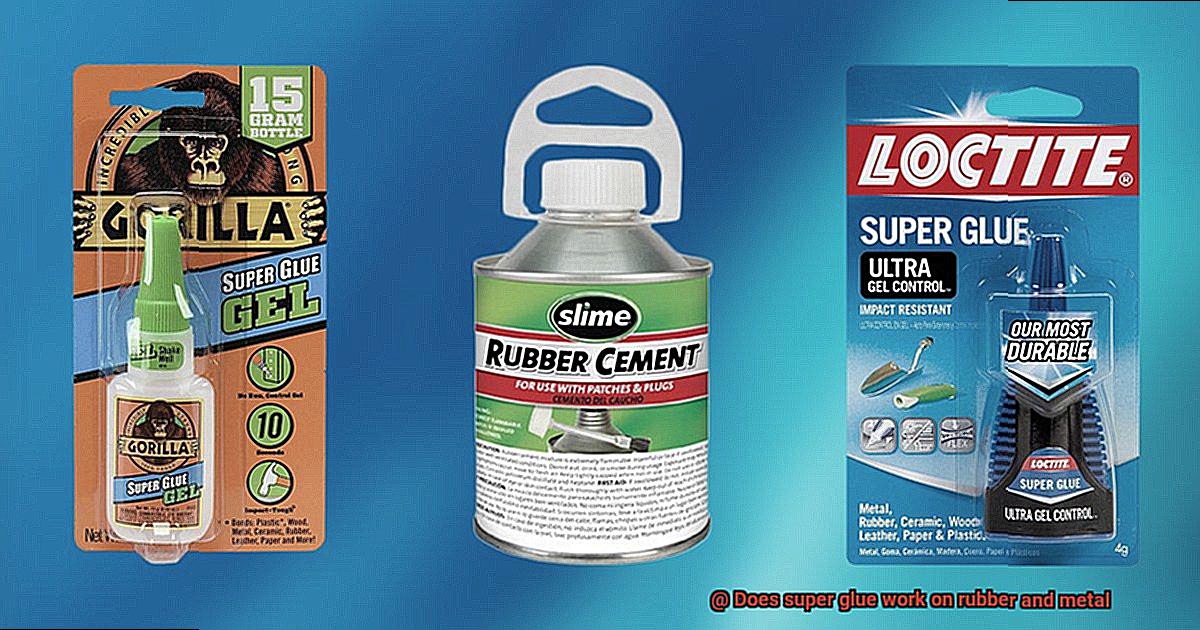
Bonding Rubber with Super Glue:
Rubber may seem like a tricky material to bond, but fear not. Super Glue rises to the challenge. To ensure optimal results, start by cleaning the rubber surface thoroughly, washing away any dirt or oil with soap and water. After drying the surface completely, apply Super Glue sparingly and evenly onto the rubber. Note that solid rubber surfaces provide the best adhesion, while porous or flexible rubber may not deliver the same level of bonding.
Conquering Metal Surfaces:
When it comes to bonding metal surfaces, Super Glue is a true champion. Whether you’re working with steel, aluminum, brass, or copper, this adhesive knows no bounds. However, before applying Super Glue, it’s crucial to clean the metal surface meticulously. Rid it of any rust, grease, or debris that might hinder the bonding process. A mild detergent or degreaser followed by thorough drying will do the trick.
Enhancing the Bond:
While Super Glue is already renowned for its impressive bonding properties, there are a few additional steps you can take to ensure an even stronger bond. For rubber surfaces, try lightly roughening the surface with sandpaper to improve adhesion.
Another option is using a primer specifically designed for rubber-to-metal bonding, which can further enhance the bond strength. These extra measures prove especially beneficial when dealing with challenging materials or demanding applications.
Super Glue, with its lightning-fast action and remarkable bonding properties, is the adhesive of choice for DIY enthusiasts and professionals alike. Its ability to bond rubber and metal surfaces together makes it an invaluable tool for an array of applications.
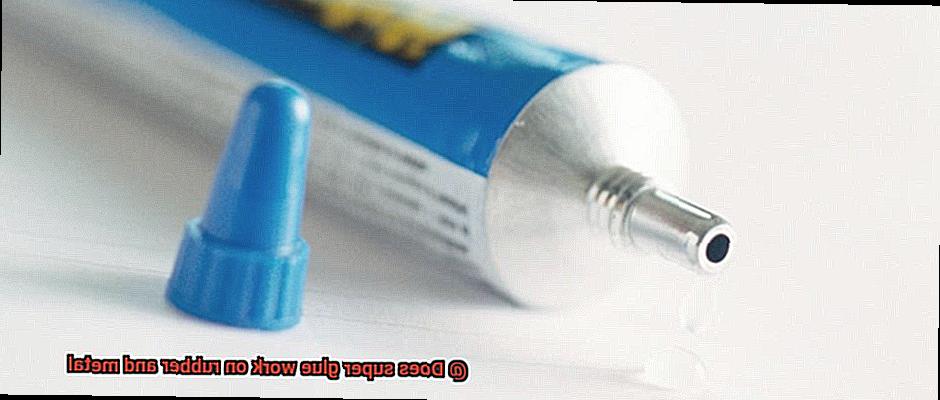
By following proper surface preparation techniques and considering the unique characteristics of the materials being bonded, you can unleash the full power of Super Glue and achieve optimal results every time.
Does Super Glue Work on Rubber?
Super glue, the renowned cyanoacrylate adhesive, has long been a go-to choice for bonding various materials. But when it comes to rubber, does super glue work its magic? The answer is a resounding yes and no. Let’s dive deeper into the fascinating world of rubber and its relationship with super glue.
First and foremost, natural rubber, including latex and neoprene, tends to be super glue’s best friend. These types of rubber exhibit excellent compatibility with the adhesive, resulting in a strong and reliable bond. However, synthetic rubbers may not be as responsive to super glue. Their chemical composition differs from that of natural rubber, rendering them less likely to form a successful union with the adhesive.
To achieve optimal adhesion between super glue and rubber, several factors must be considered. The surface of the rubber should be thoroughly cleaned and dried before applying the adhesive. Any lingering dirt or moisture can disrupt the bonding process, jeopardizing the strength of the bond. Additionally, roughening the rubber surface ever so slightly using sandpaper or a file can greatly enhance the adhesive’s grip, leading to a more robust bond.
It is worth noting that super glue forms its formidable bond by engaging in a chemical reaction with the moisture present in the rubber material. Consequently, environmental conditions can influence the adhesion strength. High humidity or excessive heat may impact the bonding process, so it is crucial to take these factors into account.
In certain instances, a specialized adhesive specifically formulated for rubber may outshine super glue alone. These adhesives have been meticulously designed to maximize compatibility with rubber materials, offering superior bonding strength and durability.
Before embarking on an extensive rubber project with super glue, it is wise to conduct a compatibility test on a small, inconspicuous area of the material. This simple precautionary measure will provide valuable insight into how well the adhesive will perform before committing to a larger-scale endeavor.
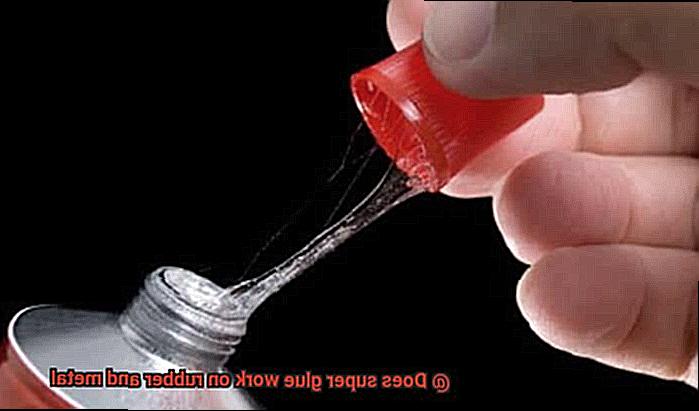
What Types of Rubber Can be Bonded with Super Glue?
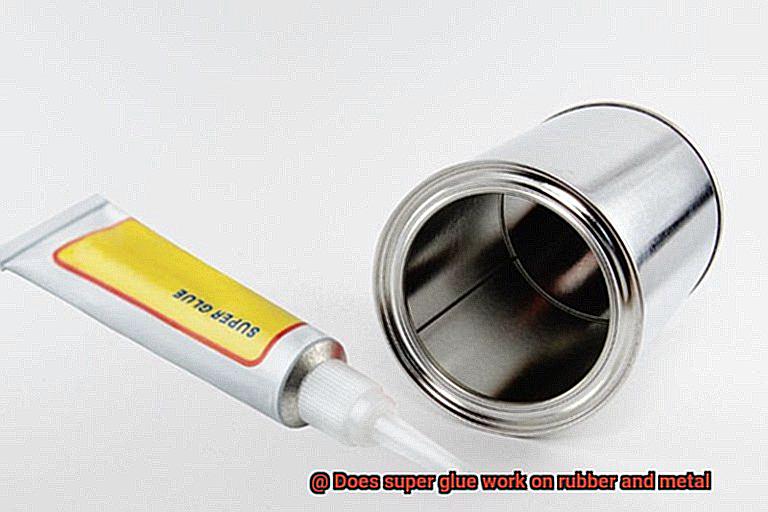
Super glue, also known as cyanoacrylate adhesive, is a versatile and powerful adhesive that can bond a wide range of materials, including rubber and metal. However, not all types of rubber are compatible with super glue. In this article, we will explore the specific types of rubber that can be effectively bonded with super glue, as well as provide tips for achieving a strong and durable bond.
Natural Rubber:
Natural rubber, also known as latex rubber, is commonly found in household items such as gloves, balloons, and rubber bands. Super glue can form a strong bond with natural rubber, creating a durable and long-lasting connection. It is important to ensure that the surface is clean and free from oils or contaminants before applying the adhesive. This can be achieved by wiping the surface with rubbing alcohol or a mild detergent solution. Roughening the surface slightly with sandpaper can also improve the bond strength.
Neoprene Rubber:
Neoprene rubber is a synthetic rubber commonly used in wetsuits, gaskets, and automotive parts. Super glue provides an effective bond with neoprene rubber, ensuring a secure connection between surfaces. To enhance the bond strength, it is recommended to roughen the surface slightly with sandpaper before applying the adhesive. This will create more surface area for the glue to adhere to, resulting in a stronger bond.
Silicone Rubber:
Silicone rubber is widely used in various industries due to its flexibility, high temperature resistance, and chemical stability. While super glue can bond certain types of silicone rubber, it is important to note that not all silicone rubbers are compatible with all super glues. It is recommended to use a specialized silicone adhesive or a cyanoacrylate adhesive specifically formulated for bonding silicone rubber. These adhesives are designed to have better compatibility with silicone rubber and will provide a stronger bond.
EPDM Rubber:
EPDM rubber is commonly used in automotive applications for weatherstripping and seals. Its resistance to adhesives makes it challenging to bond with super glue. In this case, using an adhesive specifically designed for EPDM rubber is recommended to achieve a successful bond. These adhesives are formulated to have better adhesion properties with EPDM rubber, ensuring a strong and durable bond.
Surface Preparation:
In addition to the type of rubber, the condition of the surface also plays a role in the effectiveness of the bond. It is crucial to clean the surfaces thoroughly and remove any dirt, oil, or grease before applying super glue. This can be done by wiping the surfaces with rubbing alcohol or a mild detergent solution. Roughening the surface slightly with sandpaper can also improve the bond strength by creating more surface area for the adhesive to adhere to.
Preparing the Rubber Surface for Super Glue Application
Super glue’s remarkable bonding capabilities are well-known, but when it comes to rubber surfaces, achieving a strong and durable bond can be challenging.
Rubber’s low surface energy and flexibility demand special preparation techniques to unlock the full potential of super glue.
In this comprehensive guide, we will walk you through the necessary steps to ensure a successful application and a bond that withstands the test of time.
Step 1: Thoroughly Clean the Rubber Surface
Before applying super glue, a pristine rubber surface is crucial. Dirt, grease, or other contaminants can hinder adhesive effectiveness. Use soap and water or a mild solvent to thoroughly cleanse the surface. Ensure it is completely dry before proceeding.

Step 2: Roughen the Rubber Surface
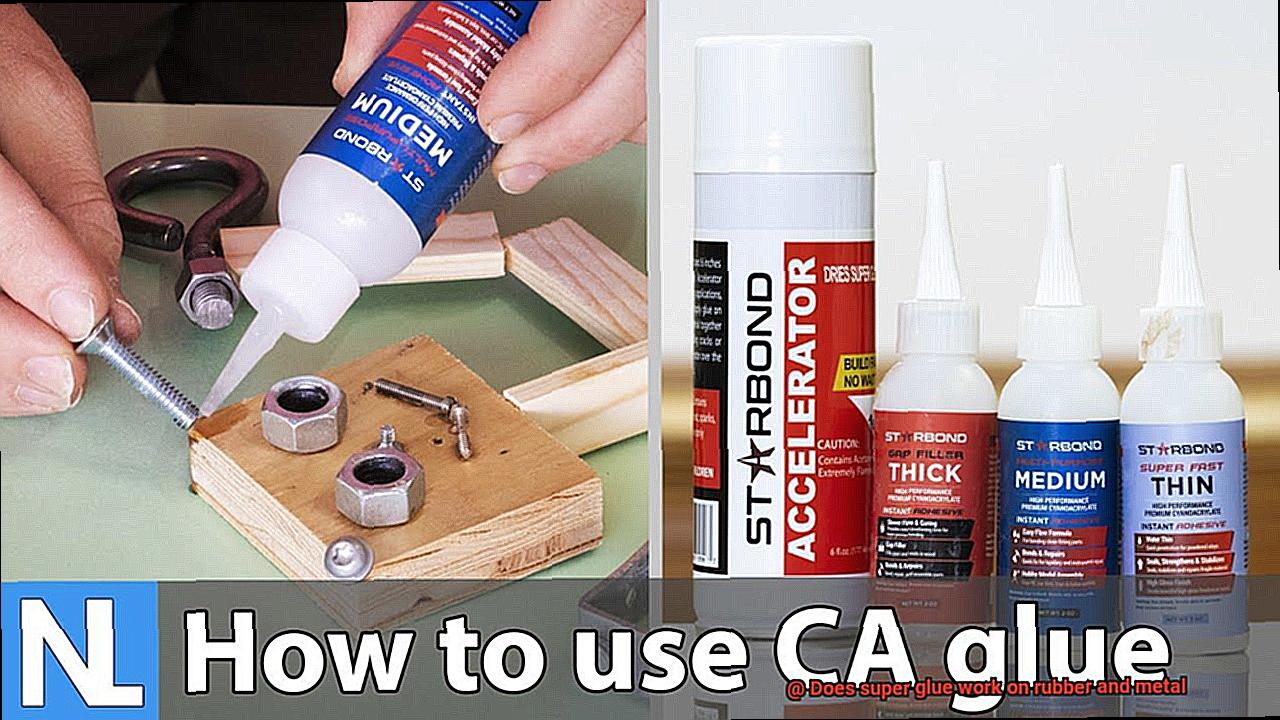
To enhance bond strength, roughening the rubber surface is essential. Employ sandpaper or an abrasive pad to gently create small scratches in a circular motion. These minute abrasions promote adhesion and amplify the strength of the bond.
Step 3: Remove Loose Particles
After roughening the surface, eliminate loose particles and dust using a clean cloth or compressed air. This step guarantees a clean and smooth bonding area, maximizing contact between the rubber and super glue.
Step 4: Consider Using a Primer

For optimal results, applying a primer can significantly enhance bond strength in some cases. Primers are specially formulated adhesives that intensify the connection between rubber and super glue. Follow the manufacturer’s instructions precisely and allow sufficient drying time before applying the super glue.
Step 5: Apply an Appropriate Amount of Super Glue
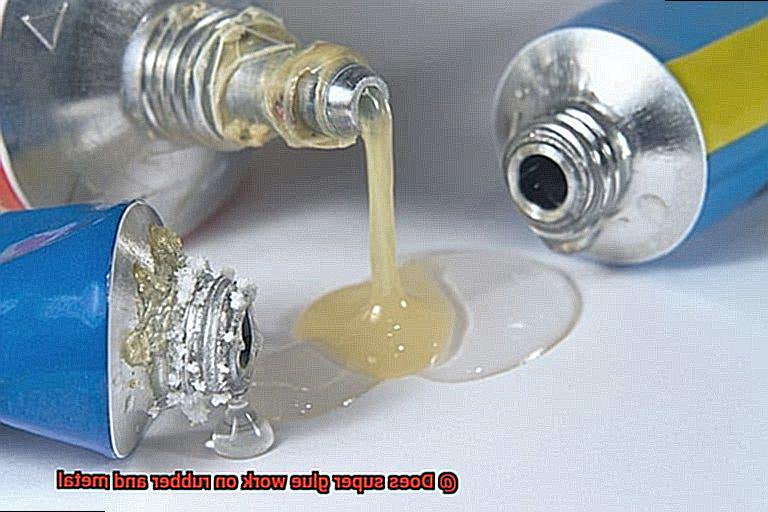
Precise application is key. Using too little super glue may result in a weak bond, while excessive amounts can cause unsightly oozing. Apply a thin, even layer of super glue onto one of the surfaces to be bonded.
Step 6: Press Surfaces Together and Apply Continuous Pressure
Swiftly press the two surfaces together after applying the super glue. Firmly apply continuous pressure for several minutes to ensure a secure bond. Clamps or tape can also be utilized to hold the surfaces in place during the curing process.
Step 7: Allow Sufficient Curing Time
Patience is crucial for a lasting bond. Each super glue product has a specific curing time, so refer to the manufacturer’s instructions. Avoid disturbing the bond during this crucial period to ensure a robust and durable adhesive joint.
Does Super Glue Work on Metal?
Absolutely. But before you embark on your metal-bonding adventure, there are a few key factors to consider. Let’s dig deeper into the details and uncover the secrets to achieving the best results when using super glue on metal.
First things first, the type of metal you’re working with matters. Non-porous metals like stainless steel, aluminum, and copper are an ideal match for super glue. Their sleek surfaces provide the perfect foundation for the adhesive to create a robust bond.
Before applying super glue, make sure those metal surfaces are squeaky clean. No dirt, grease, or oils allowed. A quick wash with mild detergent or a swipe of alcohol will do the trick. By banishing contaminants, you’ll give that glue a fighting chance to adhere to the metal surface.
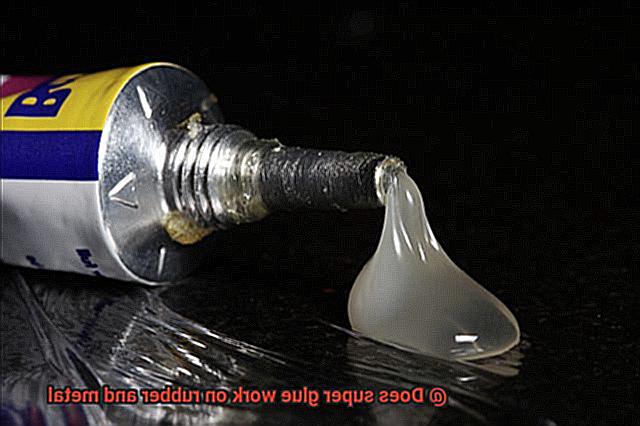
Remember, when it comes to applying super glue, less is more. A little dab will do ya. Using too much glue can lead to excess seepage and messy mishaps. So tread lightly and avoid going overboard.
Once you’ve applied the glue, hold those metal pieces together firmly for a few minutes. This allows the adhesive to cure and form a bond that’s as strong as steel. If you want to take it up a notch, use clamps or other securing methods during this curing time.
But hold up. Not all metals are created equal. Brass and zinc-coated metals may not bond as effectively with super glue due to their chemical composition or surface properties. In those cases, specialized adhesives tailored for those metals might be your knight in shining armor.

Lastly, let’s talk environmental conditions. Extreme temperatures can put a damper on your super glue party. High temperatures may weaken the bond, while freezing cold temps can make the adhesive brittle and prone to failure. So beware of these sneaky saboteurs when using super glue on metal.
What Types of Metals Can be Bonded with Super Glue?
Look no further. In this blog post, we will explore the magical properties of super glue and its effectiveness in bonding various metals. Whether you’re a DIY enthusiast or just fascinated by the power of glue, this article is for you.
The Power of Super Glue:
Super glue, also known as cyanoacrylate adhesive, is a force to be reckoned with when it comes to bonding. Its fast-drying nature and incredible adhesive strength make it a go-to choice for many bonding needs. No wonder it’s a staple in every toolbox.
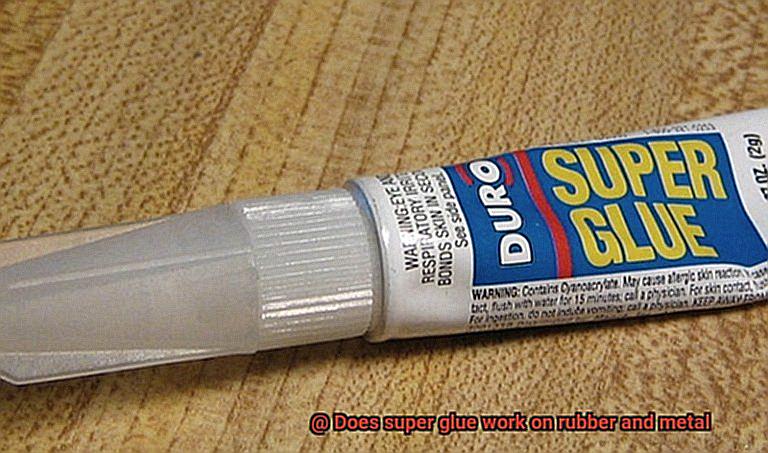
Non-Porous Metals:
Super glue works best on non-porous metals, which are metals with smooth surfaces without any large pores or textures. These metals provide an ideal canvas for super glue to work its magic. Stainless steel, aluminum, copper, and brass are some common examples of non-porous metals that can be effectively bonded with super glue.
Stainless Steel – The Champion:
Stainless steel takes the crown when it comes to bonding with super glue. Its smooth surface and resistance to corrosion make it an ideal candidate for adhesive bonding. From kitchen appliances to automotive parts, stainless steel is everywhere. So next time you need to repair your stainless steel kitchen sink or fix a broken car part, reach for the super glue.
Aluminum – Lightweight Bonding:
If you’re working with aluminum, super glue is your best friend. Aluminum is lightweight, strong, and widely used in industries such as aerospace and automotive manufacturing. Whether you’re repairing an aluminum bicycle frame or bonding aluminum parts in your DIY project, super glue will provide a reliable bond. Just make sure to clean the surface thoroughly before applying the glue for optimal results.
Copper and Brass – Electrical Wonders:
Copper and brass are also perfect candidates for bonding with super glue. With their excellent electrical conductivity and smooth surfaces, they are often used in electrical and plumbing works. Whether you’re fixing a copper pipe or creating a decorative brass sculpture, super glue ensures a secure bond for these versatile metals.
Limitations and Considerations:
While super glue works wonders on non-porous metals, it may not be suitable for heavy load-bearing or high-stress applications. In such cases, specialized metal adhesives or welding may be more appropriate. Additionally, rough or porous metals may not provide a strong bond, so it’s essential to prepare the surface properly or explore alternative adhesives.
Preparing the Metal Surface for Super Glue Application
As an adhesive expert, I’m here to guide you through the essential steps that will guarantee a successful super glue application.
First and foremost, cleanliness is crucial. Before applying super glue to any metal surface, it’s vital to ensure it’s squeaky clean and free from any contaminants. Dust, dirt, oil, or grease can seriously hinder the adhesive’s ability to work its magic. So grab a clean cloth or paper towel and give that metal surface a thorough wipe-down. For those stubborn particles clinging on for dear life, gently scrub them away with a soft brush or toothbrush.
Now that the surface is looking spotless, it’s time to kick it up a notch. Reach for some isopropyl alcohol or acetone, both powerful solvents that excel at removing oils and greases. Apply the solvent to a cloth and give the metal surface a thorough wipe-down. Pay special attention to the areas where you’ll be applying the super glue – they need to be absolutely pristine for optimal bonding.
Once the solvent has done its job, rinse the metal surface with water and dry it thoroughly. This step ensures that all traces of the solvent are completely eradicated, leaving you with a clean canvas for your adhesive masterpiece.
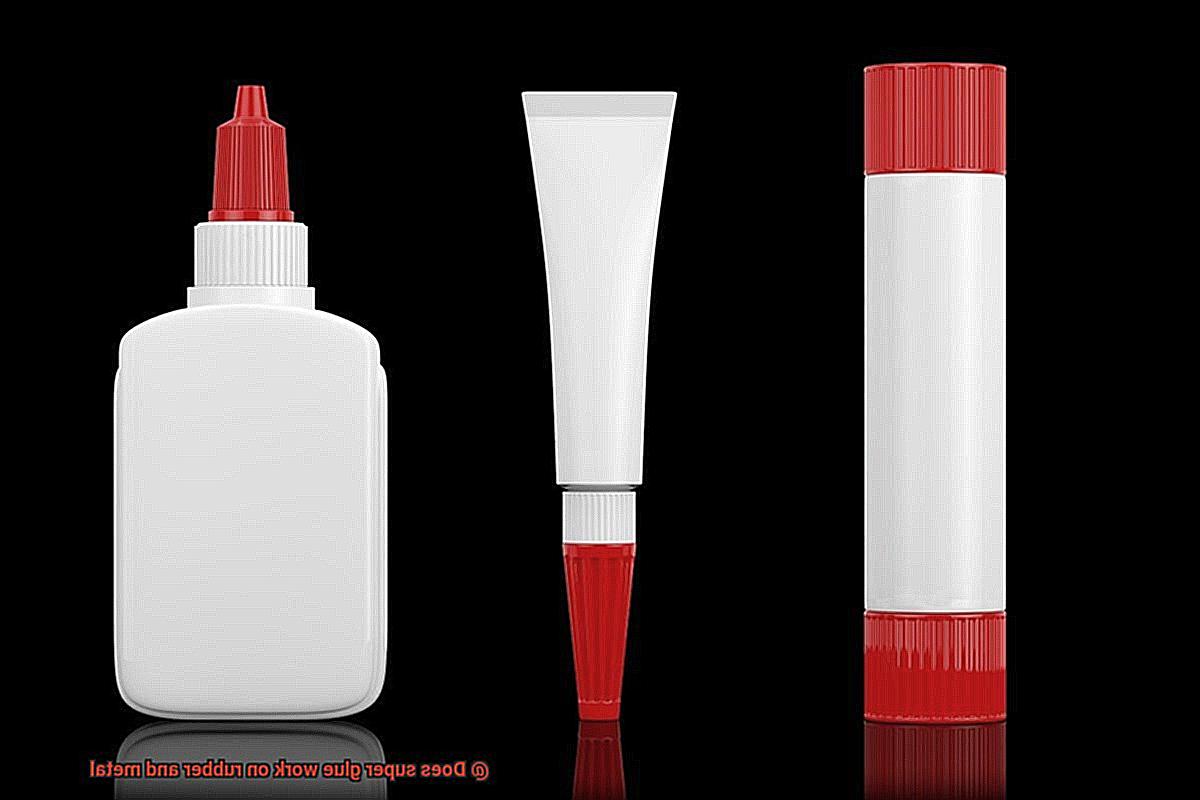
Now here’s where things get interesting. Depending on the type of metal you’re working with – think aluminum or stainless steel – giving the surface a slight roughening can actually enhance the bond. You can achieve this by using sandpaper or a fine grit abrasive pad to create tiny scratches on the metal. These minuscule imperfections provide more gripping surface for the adhesive, resulting in an ironclad bond that won’t budge.
After all that meticulous preparation, it’s finally time for the main event – super glue application. Remember, less is more when it comes to super glue. Apply a small amount of the adhesive to one of the surfaces you want to bond together. Then, firmly press the two surfaces together and hold them in place for several seconds. The super glue will spring into action almost instantly, but allowing it some time to fully cure will ensure a bond that’s as strong as steel.
It’s important to note that different metals may require slightly different preparation techniques. Some metals, like copper or brass, can tarnish over time, which can affect the adhesive’s performance. In these cases, additional steps like using a metal primer or surface conditioner may be necessary.
Specialized Formulations of Super Glue
When it comes to bonding rubber and metal surfaces, regular super glue may not always get the job done. That’s where specialized formulations of super glue come into play. These magical concoctions are specifically designed to tackle the unique challenges of bonding rubber and metal, ensuring strong and durable connections. In this article, we will delve into the world of specialized formulations and explore their advantages in achieving optimal bonding results on rubber and metal.
Bonding Rubber Surfaces:
Rubber, with its low surface energy and flexibility, is notorious for being difficult to bond. But fret not. Specialized formulations of super glue have been developed to conquer this challenge.
Advantages of specialized rubber adhesives include:
- Enhanced adhesive properties: These formulations contain special additives that ramp up the adhesive properties, resulting in a stronger bond on rubber surfaces.
- Extended curing time: Unlike regular super glue, specialized rubber adhesives have a longer curing time. This allows the adhesive to seep into the rubber more effectively, creating a bond that can withstand even the harshest obstacles.
- Optimal instructions: Following the manufacturer’s instructions is critical when working with specialized rubber adhesives. These instructions ensure that you achieve ideal bonding results every time.
Bonding Metal Surfaces:
While regular super glue may work well on non-porous metals like steel, aluminum, and copper, certain metals present a challenge due to their low surface energy or porosity. Step forward specialized formulations of super glue for metal bonding.
Advantages of specialized metal adhesives include:
- Enhanced bond strength: Specialized metal adhesives contain additives that amplify the bond strength on metal surfaces. This guarantees a reliable connection that can brave heat, moisture, and chemicals.
- Resistance to environmental factors: These formulations are engineered to withstand tough conditions, ensuring your bonded metal surfaces stay intact even under extreme temperatures or exposure to harsh chemicals.
- Customization for specific metals: Different metals possess different characteristics, and using the appropriate formulation is crucial. Specialized metal adhesives can be tailored to suit specific types of metals, guaranteeing optimal adhesion.
5ecE-EiZruY” >
Conclusion
In conclusion, super glue is indeed effective when it comes to bonding rubber and metal.
Its strong adhesive properties ensure a secure and long-lasting bond between these two materials. Whether you’re repairing a rubber sole on your favorite pair of shoes or fixing a broken metal hinge, super glue can be relied upon to get the job done.
Its versatility and reliability make it an essential tool for any DIY enthusiast or professional repair person.

